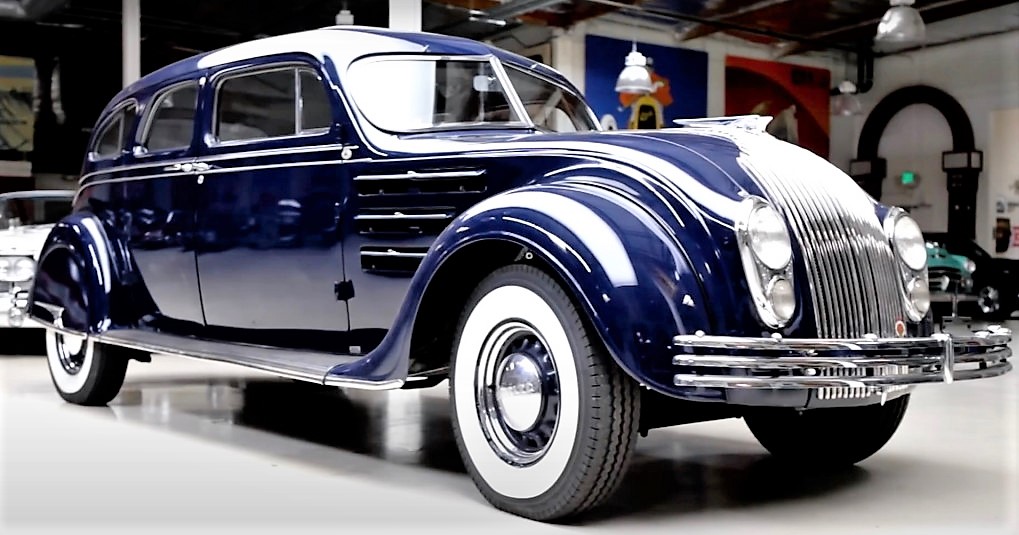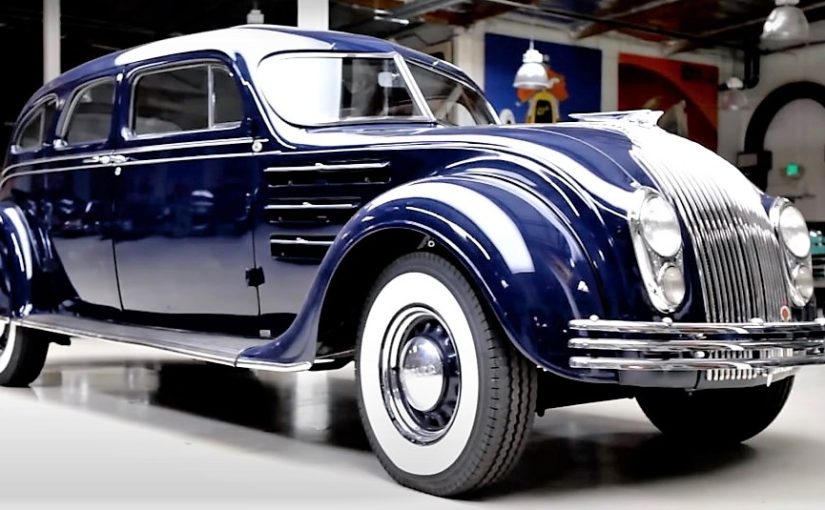

The first F-150s made their appearance for the 1975 model year | Ford photos
America’s best-selling vehicle for nearly 40 years — the Ford F-Series trucks — didn’t get there overnight.
The Ford F-Series and Ford F-150 pickup has been around for much longer than that. Ford’s history of building trucks spans 103 years of moving, hauling, lugging, towing, transporting, carrying…you get the picture.
But with the 14th generation of the the F-Series full-size pickup unveiled Thursday, we can look back at how far it’s come. The full-size Ford has evolved from a boxy, utilitarian hauler to an even bigger, four-door family hauler available as a luxury car in everything but the name.
With the first F-150 Hybrid available soon and an electric version on the way, the F-150 has come a long way – and there’s a long way left to go.
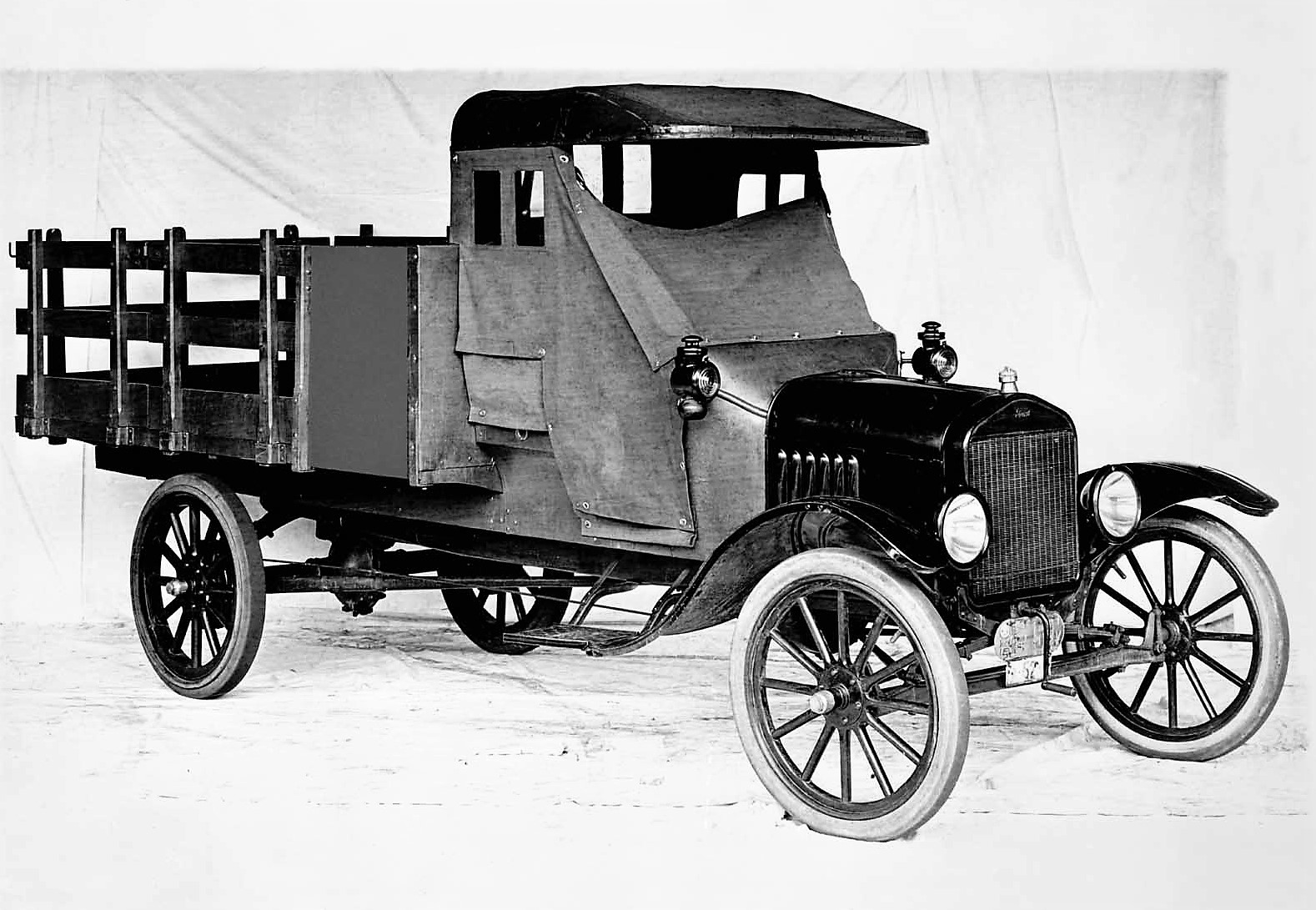
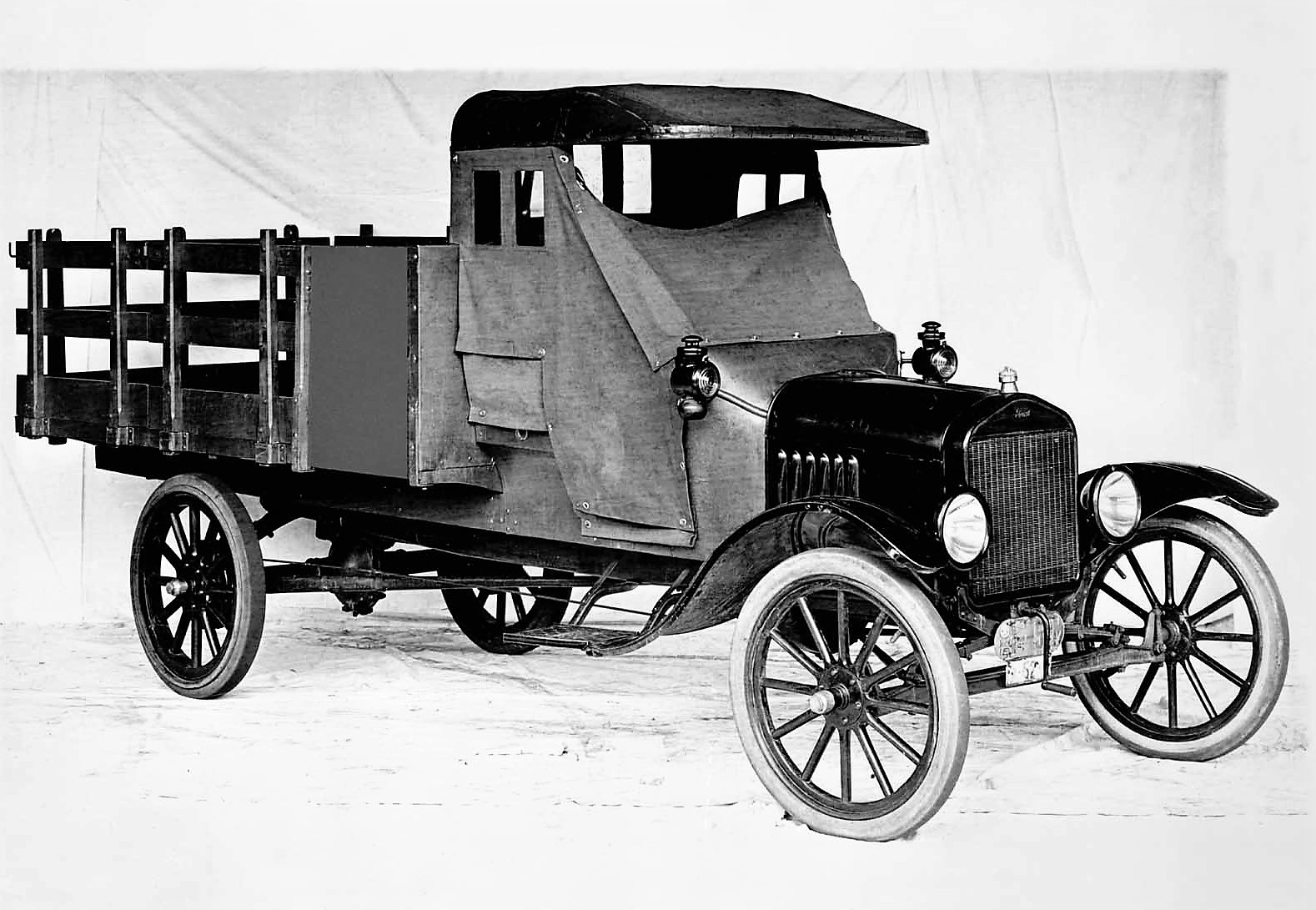
1917 Ford Model TT
Based on the Model T, the Model TT was the automaker’s first pickup truck and initially it was sold chassis-only – buyers had to supply their own bodies. According to a 1923 brochure for the Model TT, the automaker could supply a body that year, which became standard practice for all trucks the next year. The 1923 Model TT chassis cost $380, which inflation-adjusted for today would be $5,697.64.
Ride and comfort may have been questionable – Ford fit solid tires on the TT from the factory.
RELATED: How the Porsche crest was created
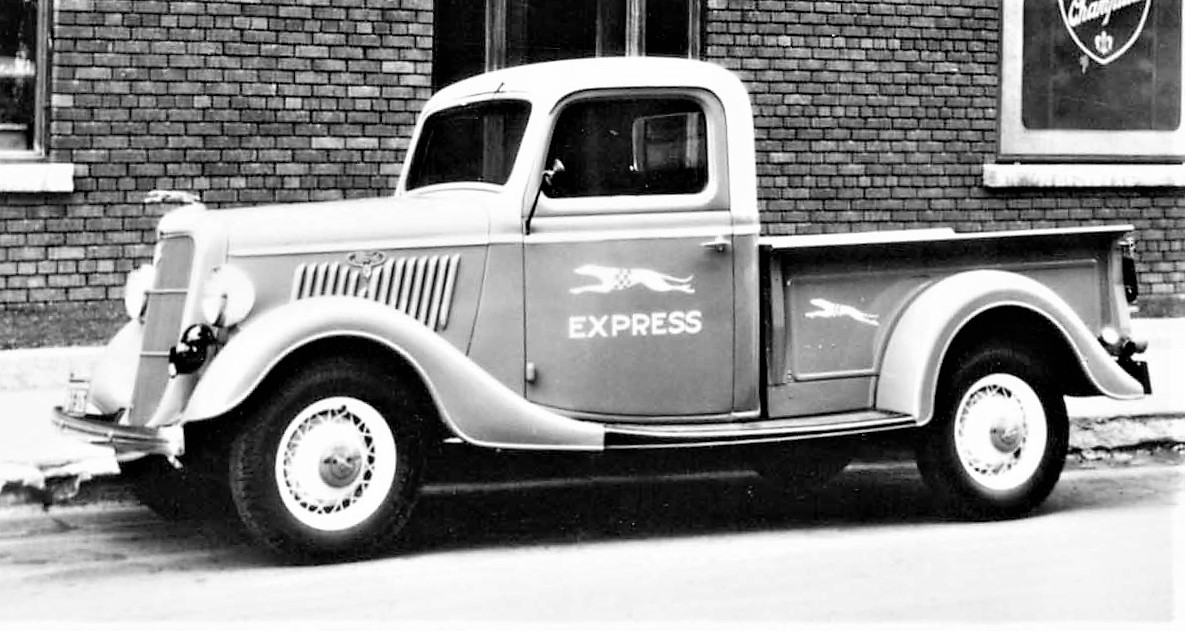

1935 Ford Model 50
Closer in looks to today’s trucks, the Model 50 was produced beginning in 1935 and was powered by a Flathead V8. The familiar cab and box would be a signal for the F-Series to come later, and the Model 50 was built until 1941 when the truckmaker paused production to help with the war effort.
In 1941, an 85- or 95-horsepower V8 was offered in the trucks or a 30-hp inline-4.
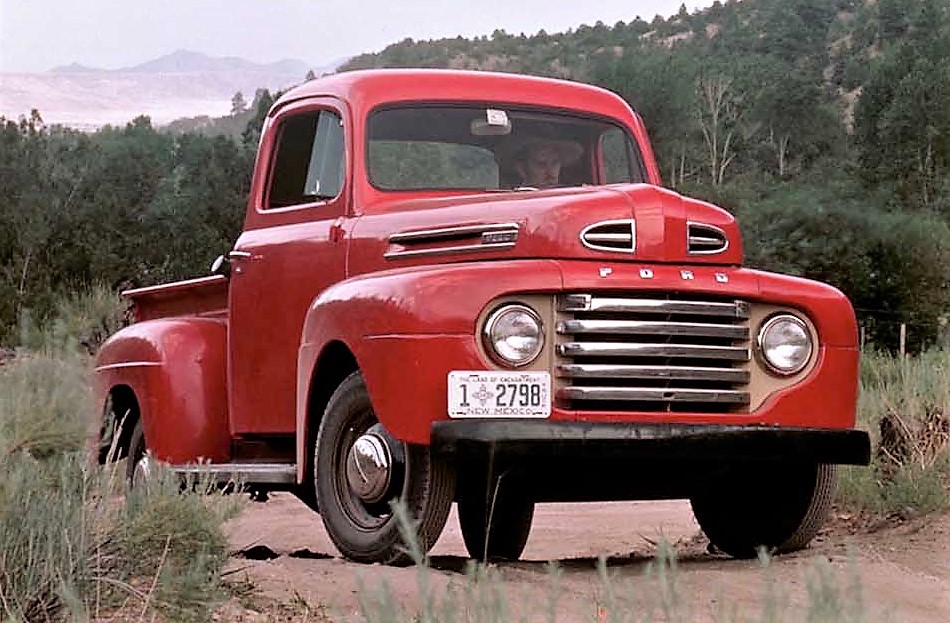

1948 Ford F1
“New, New, Brand New” read the 1948 Ford Truck brochure. The 1948 F1 was part a series of light-duty pickups that included the F2, F3, and F4, which were 3/4-ton, 3/4-ton heavy-duty, and 1-ton versions of the truck. Powered by a 95-hp Rogue inline-6 or one of two “lusty” V8s, according to the brochure, the F1 was the first generation of the F-Series and a precursor of future F-150s to follow.
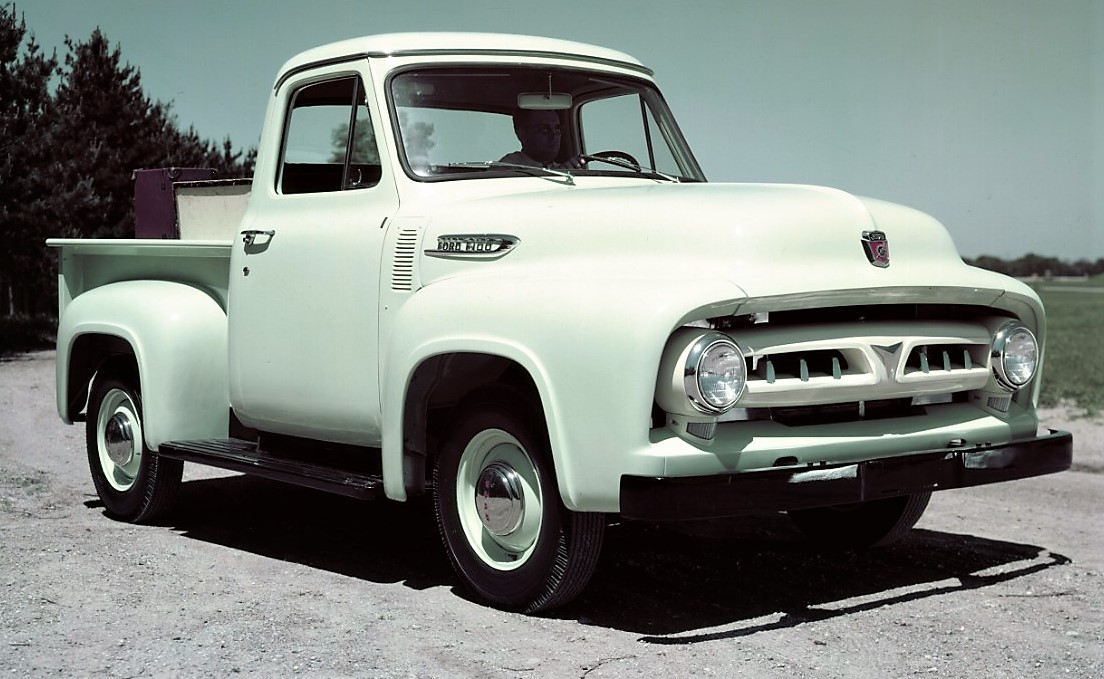
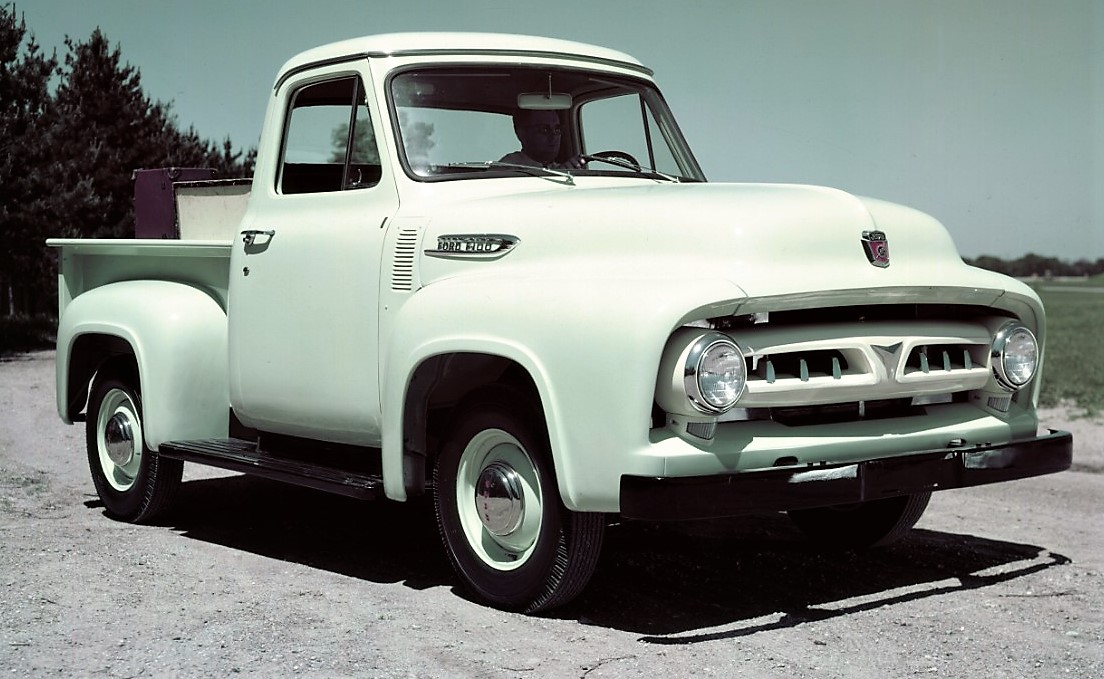
1953 Ford F100
The 1953 F100 replaced the F1 (the F2 and F3 were replaced by the F-250, and F4 was replaced by the F-350 nameplates). It was initially offered with an 101-hp inline-6 or 100-hp Flathead V8, although both were replaced by more powerful units in 1954, which were marketed as the “Cost Clipper 6” and “Power King 8.” The F100 was the first F-Series to offer an automatic transmission, and it rode on a 110-inch wheelbase with up to 1,465 pounds of payload capacity.
RELATED: Video of the Day: The short, failed existence of Edsel
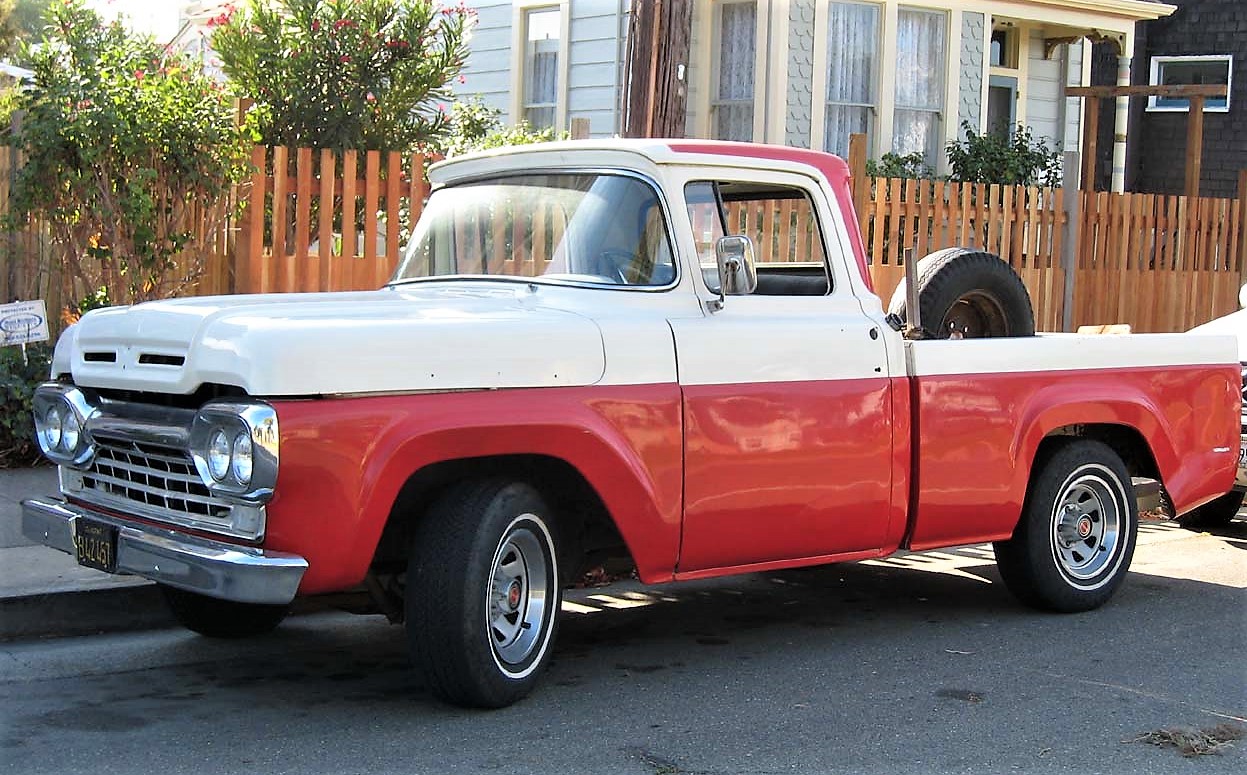
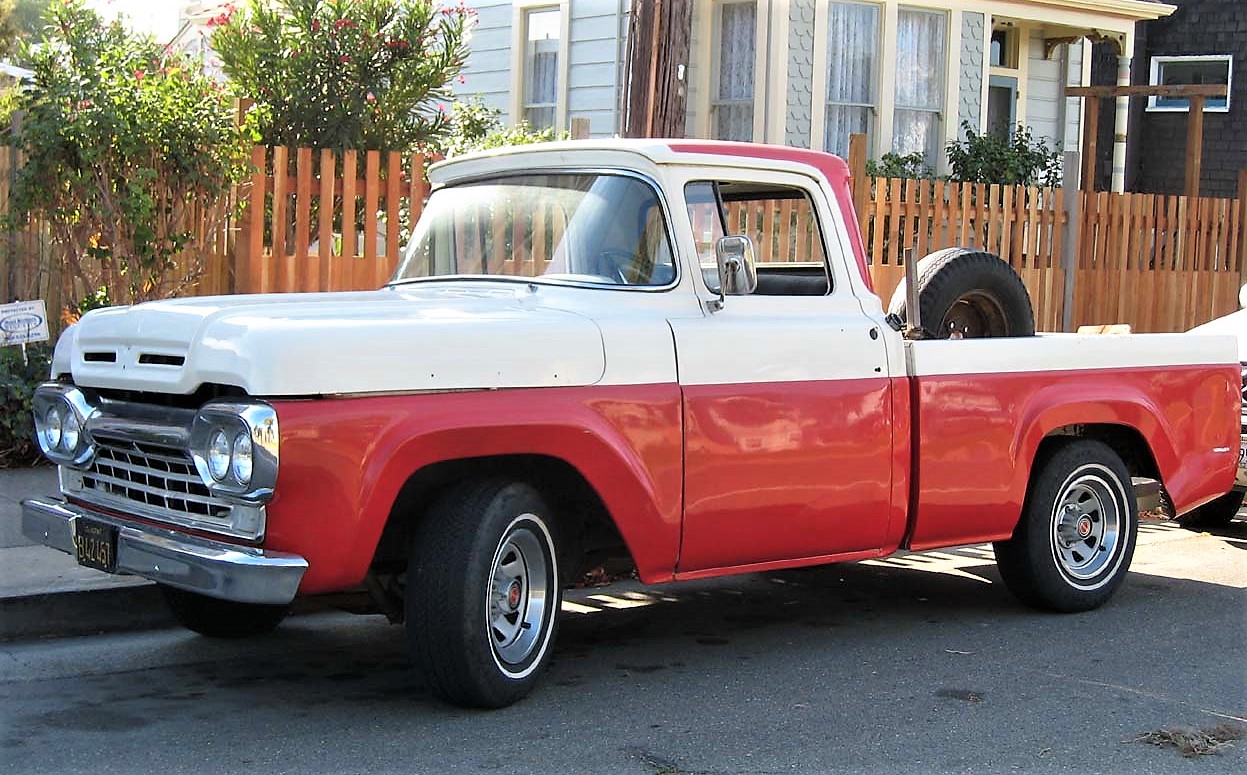
1957 Ford F100
The 1957 F100 was the first year of the F-Series’ third generation –and also the first year for the Ranchero. The “Styleside” body was new and offered more usable bed space than the flareside pickups that had preceded it. The “Styleside” name is still used today. The truck was initially offered with a 139-hp inline-6 or 171-hp V8, although a larger V8 was added later.
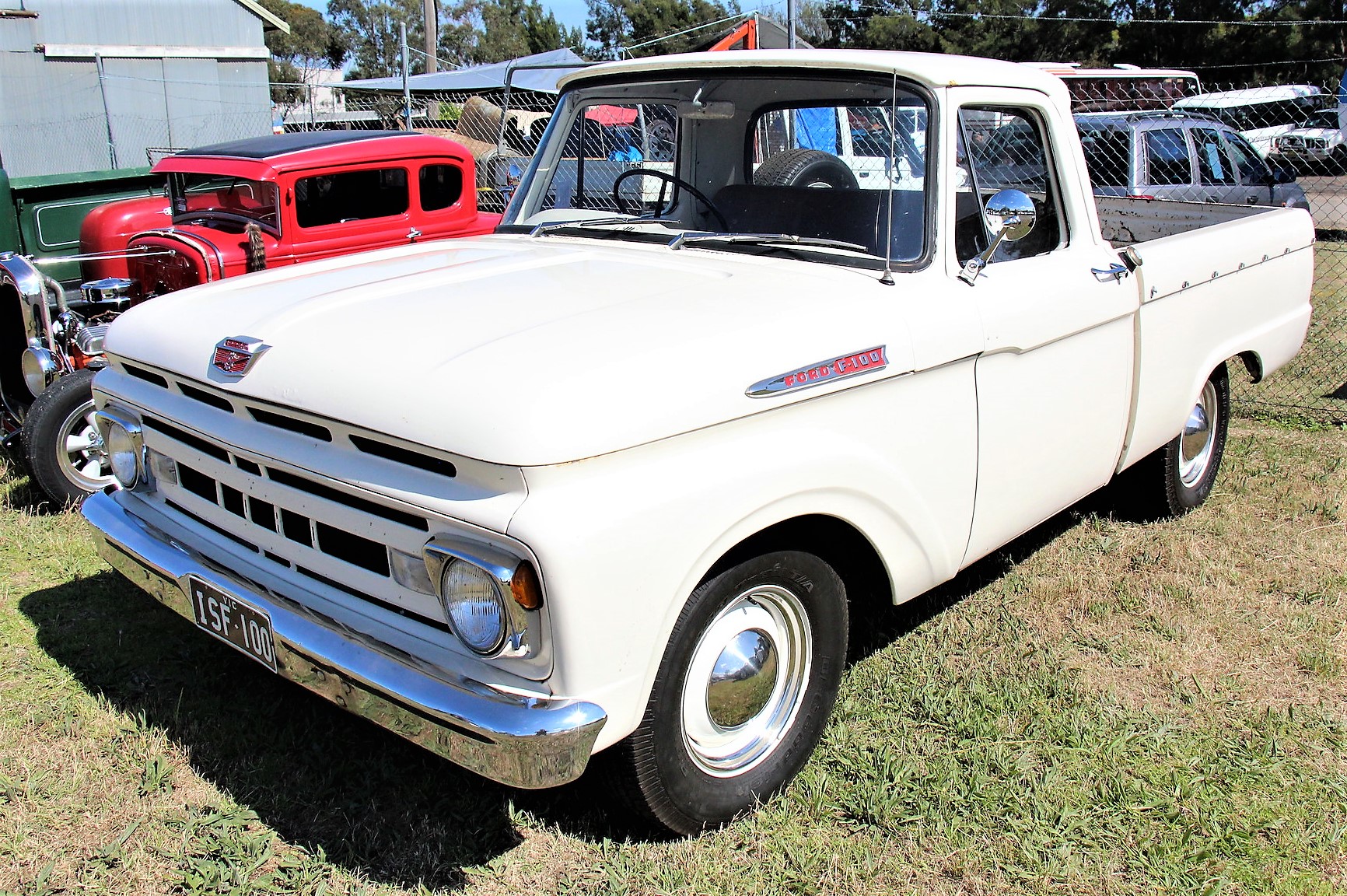
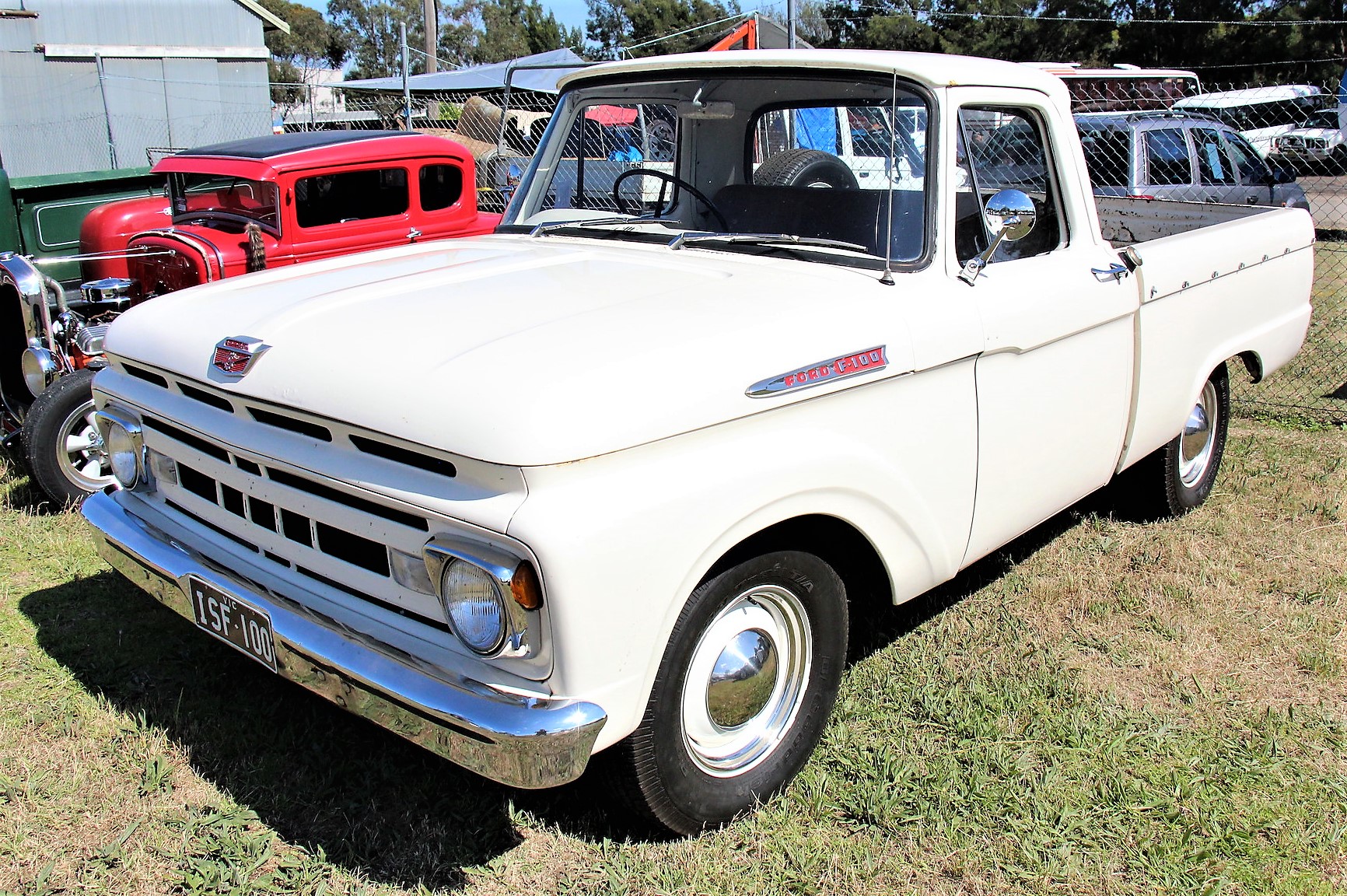
1961 Ford F100
Perhaps more remarkable than the fourth-generation F-Series pickup that debuted in 1961, was the first generation of something that didn’t last long at all. In 1961, Ford debuted a integrated cab and body construction for the F-Series that lasted only until 1962. The reason? According to owners, overloading the bed jammed the doors shut due to flex. Some even reported doors popping open at railroad crossings. The integrated body and bed was only available on rear-wheel-drive trucks, and Ford quickly scrapped that.
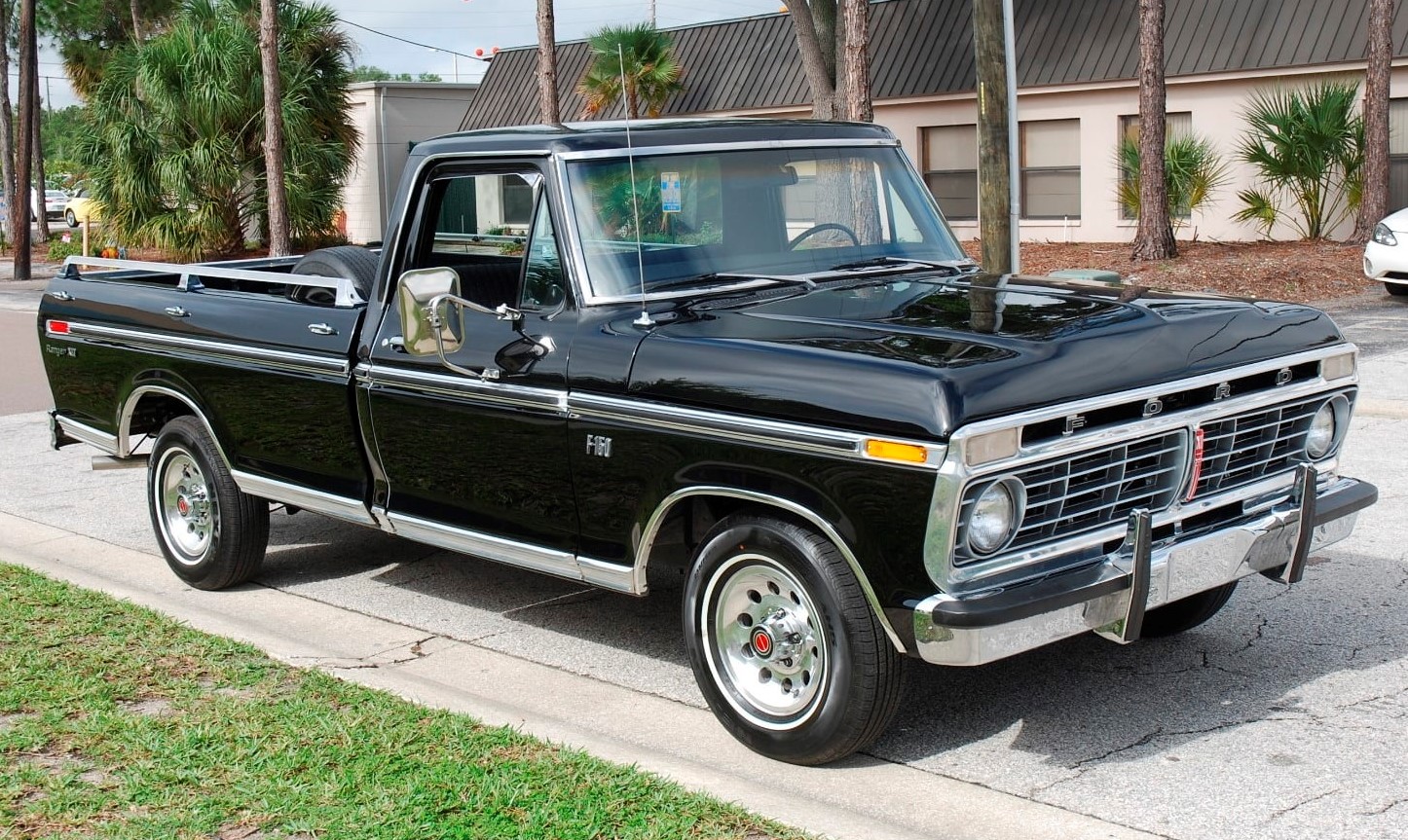
 Mecum Auctions photo
Mecum Auctions photo
1975 Ford F-150
The F-150 name first appeared in 1975, the sixth generation for the truck, and was sandwiched between the F-100 and F-250 already on sale. (The F-100 nameplate would endure up until the early 1980s.) The 1970s Fords would preview some styling features that would last until today, including “Ford” stamped across the grille in block lettering and a SuperCab extended cab body style.
RELATED: DTM salutes all-time top cars and drivers
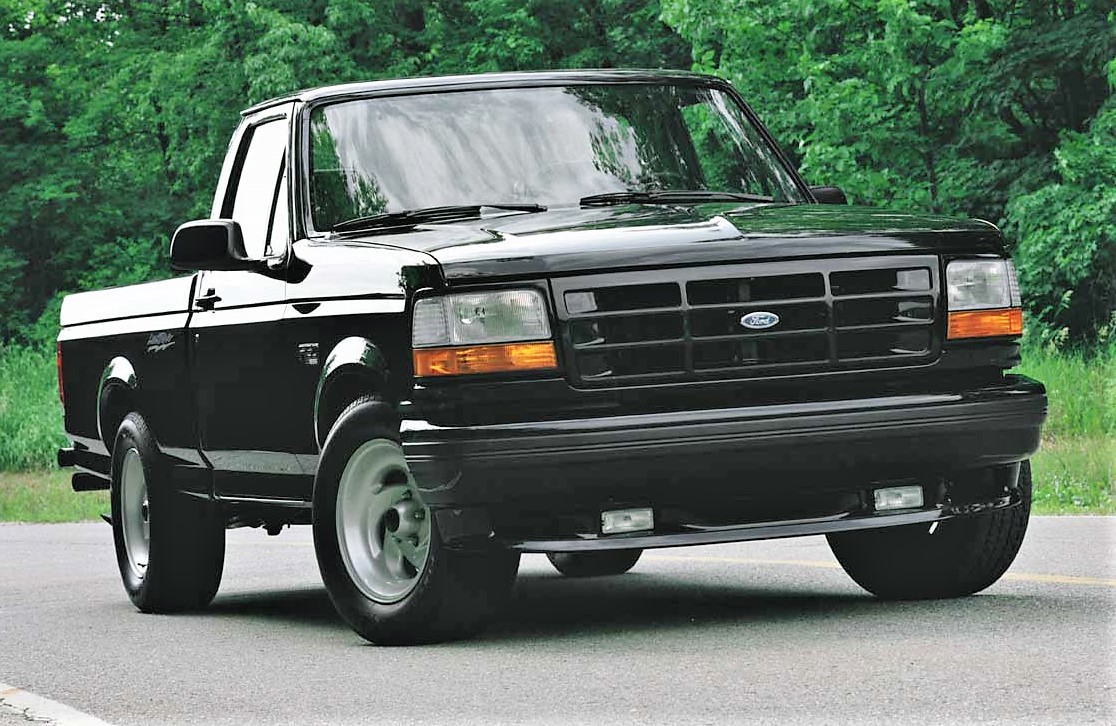
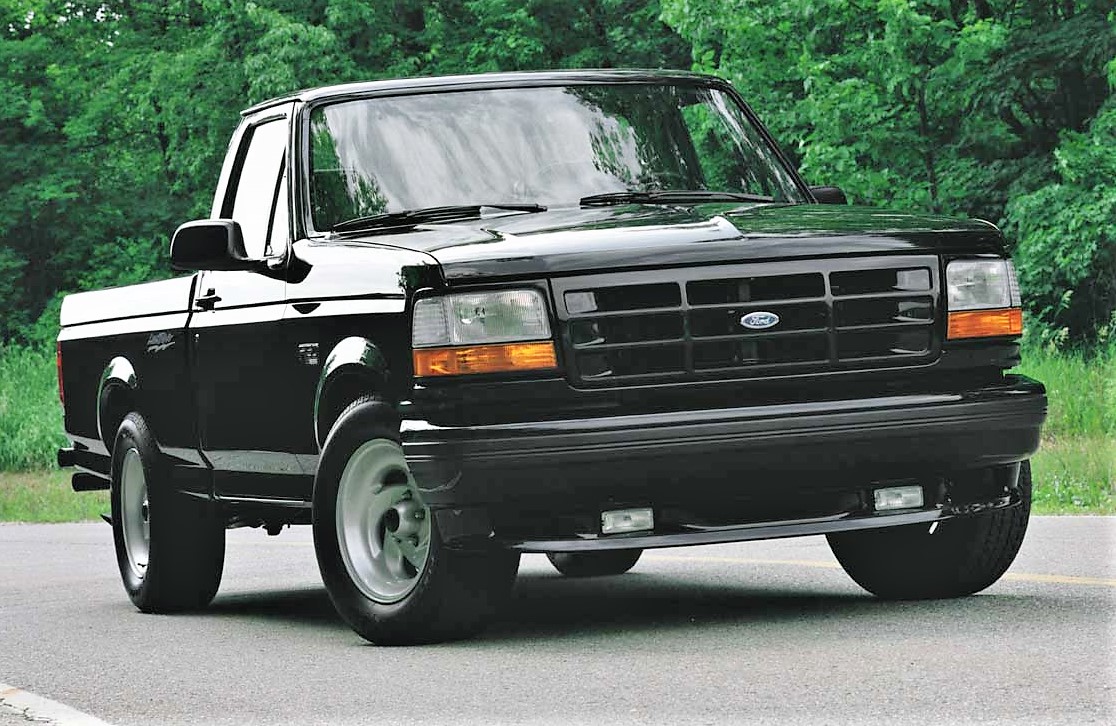
1993 Ford F-150
The first year of the F-150 SVT Lighting pickup. The precursor to the current Raptor, although Lightning would appear again—and perhaps in the future?

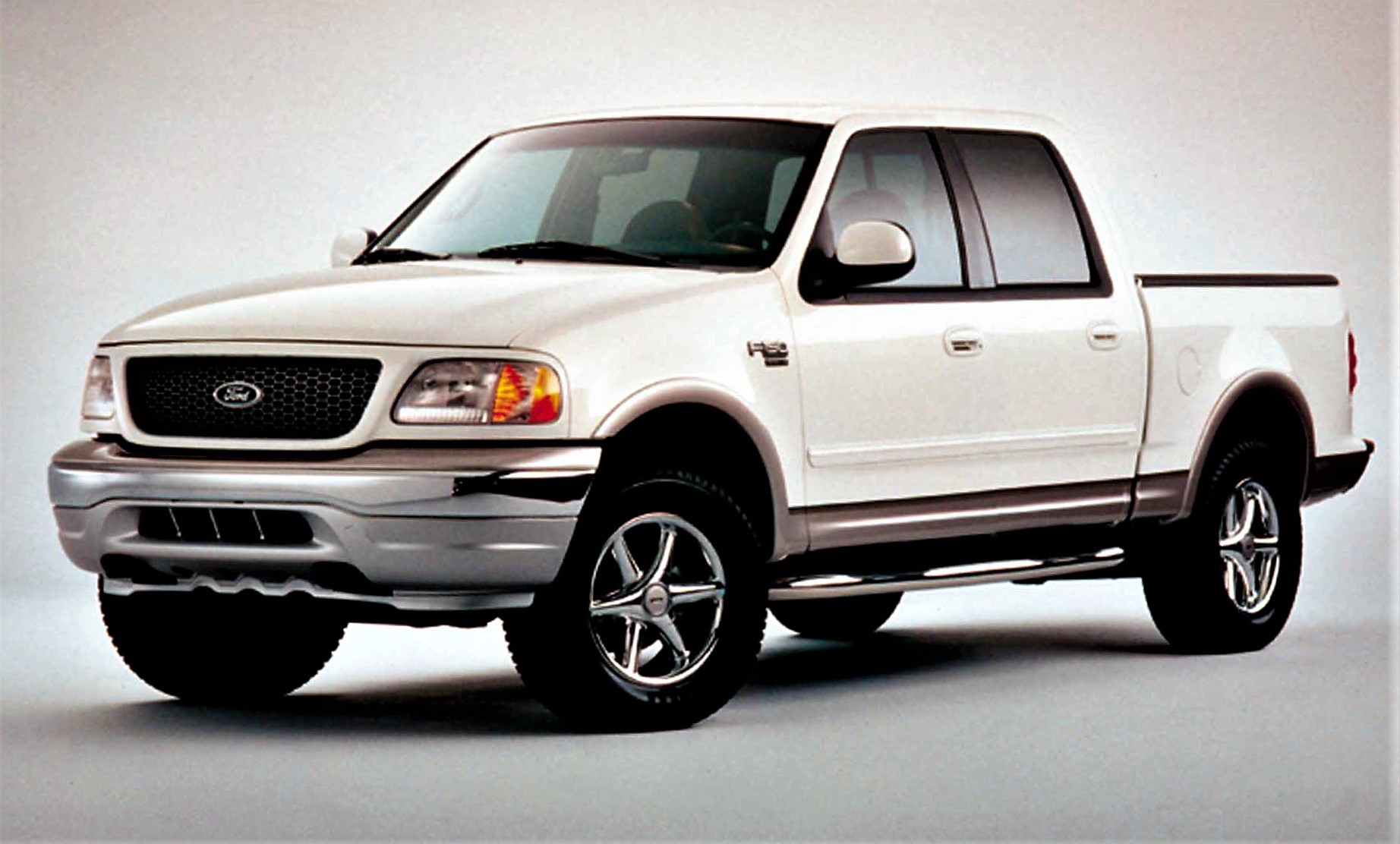
1999 Ford F-150
Or, “the soap bar.” The 10th-generation F-150 added a four-door SuperCrew body style in 2001, which would become the most popular body style for retail buyers quickly. The Lightning returned with an Eaton supercharged 5.4-liter V8 that made 360 horsepower initially, and the soap bar spun off a Lincoln variant, called the Blackwood.
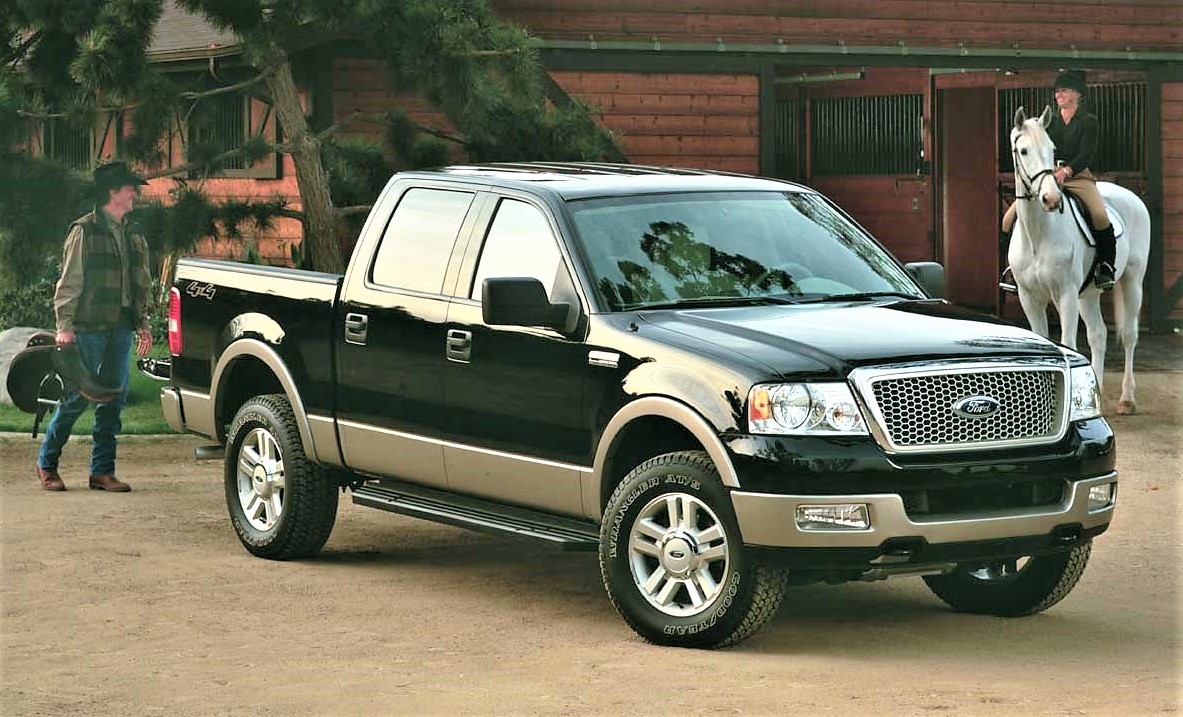
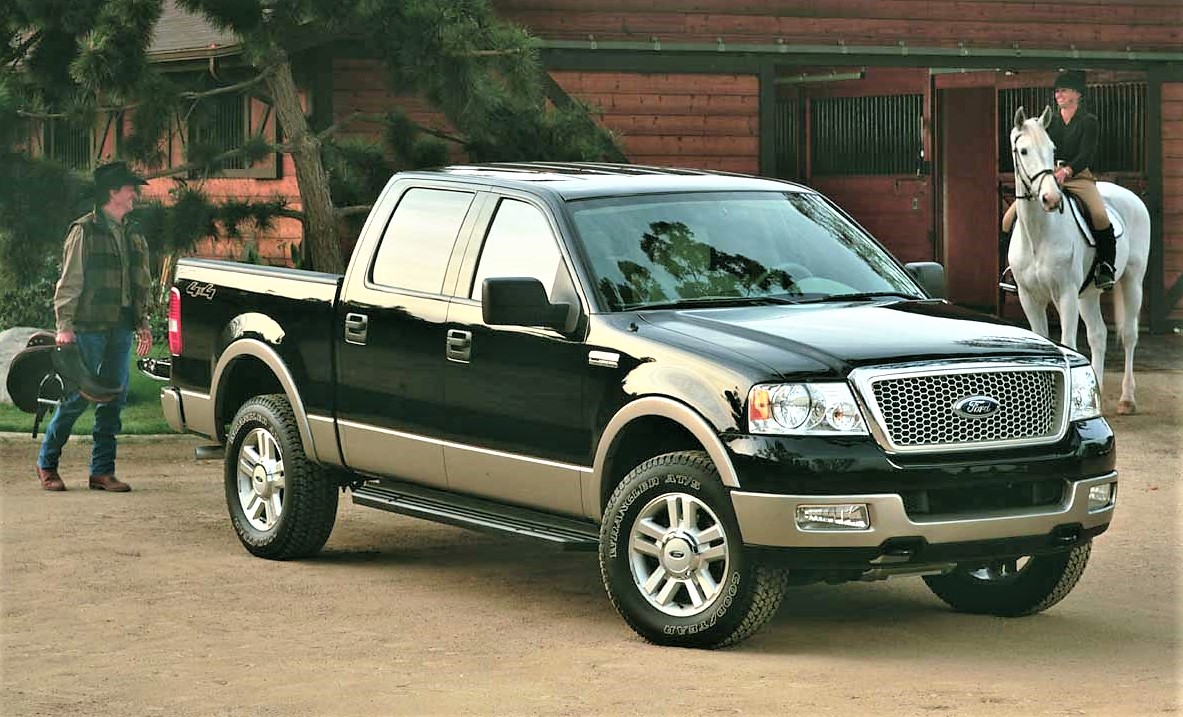
2004 Ford F-150
Fully boxed frame, new and definitely not a soap bar.
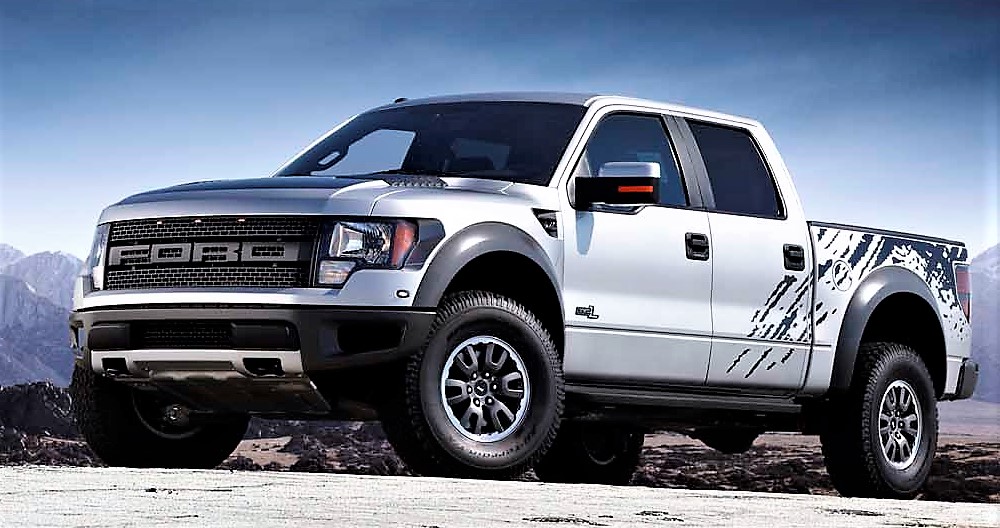

2010 Ford F-150 Raptor
The F-150 Raptor bowed for 2010 and was available with a 5.4-liter V8 or 6.2-liter V8 borrowed from the heavy-duty pickups. In 2011, Ford introduced for the first time a 3.5-liter twin-turbo V6, dubbed EcoBoost.
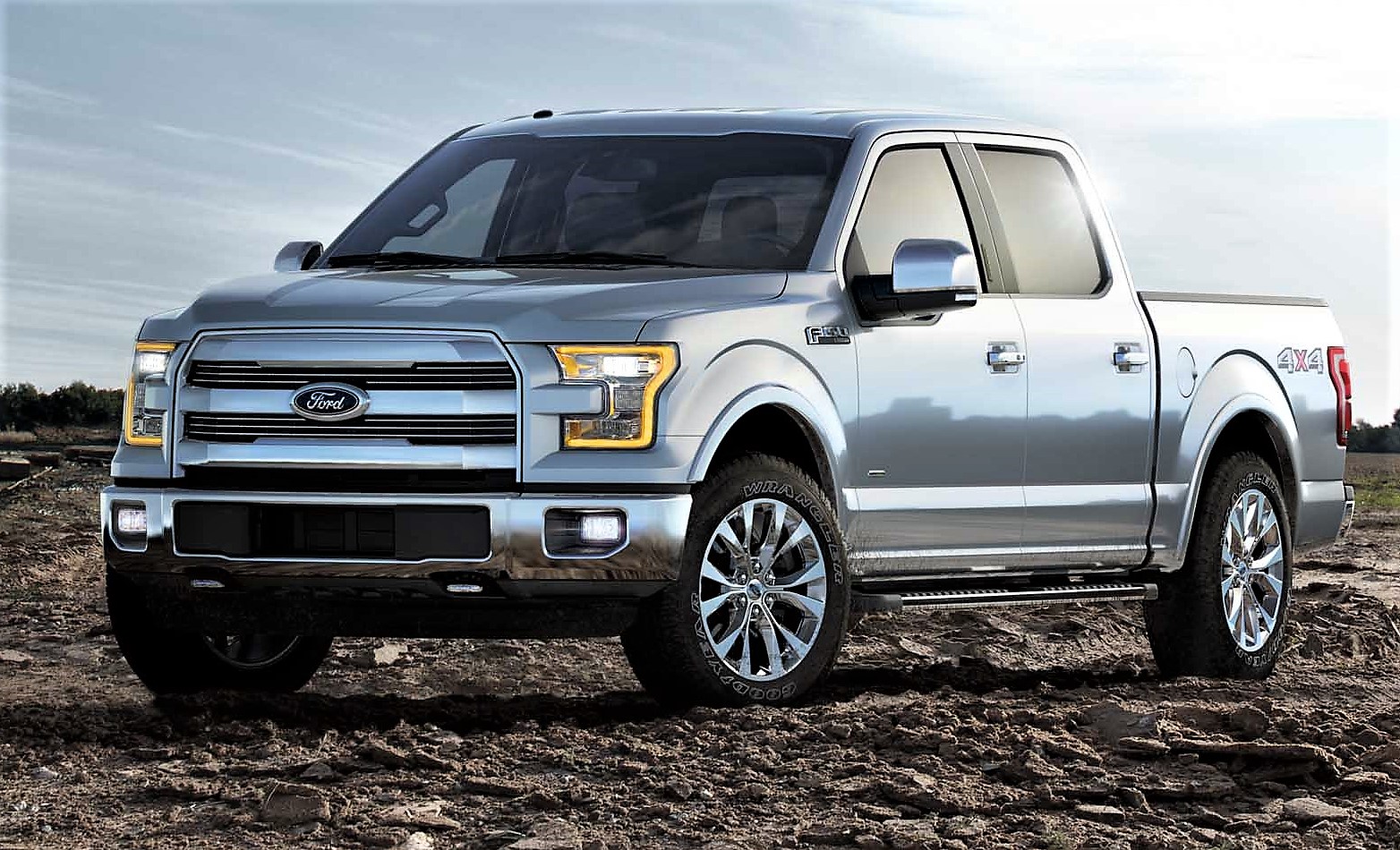
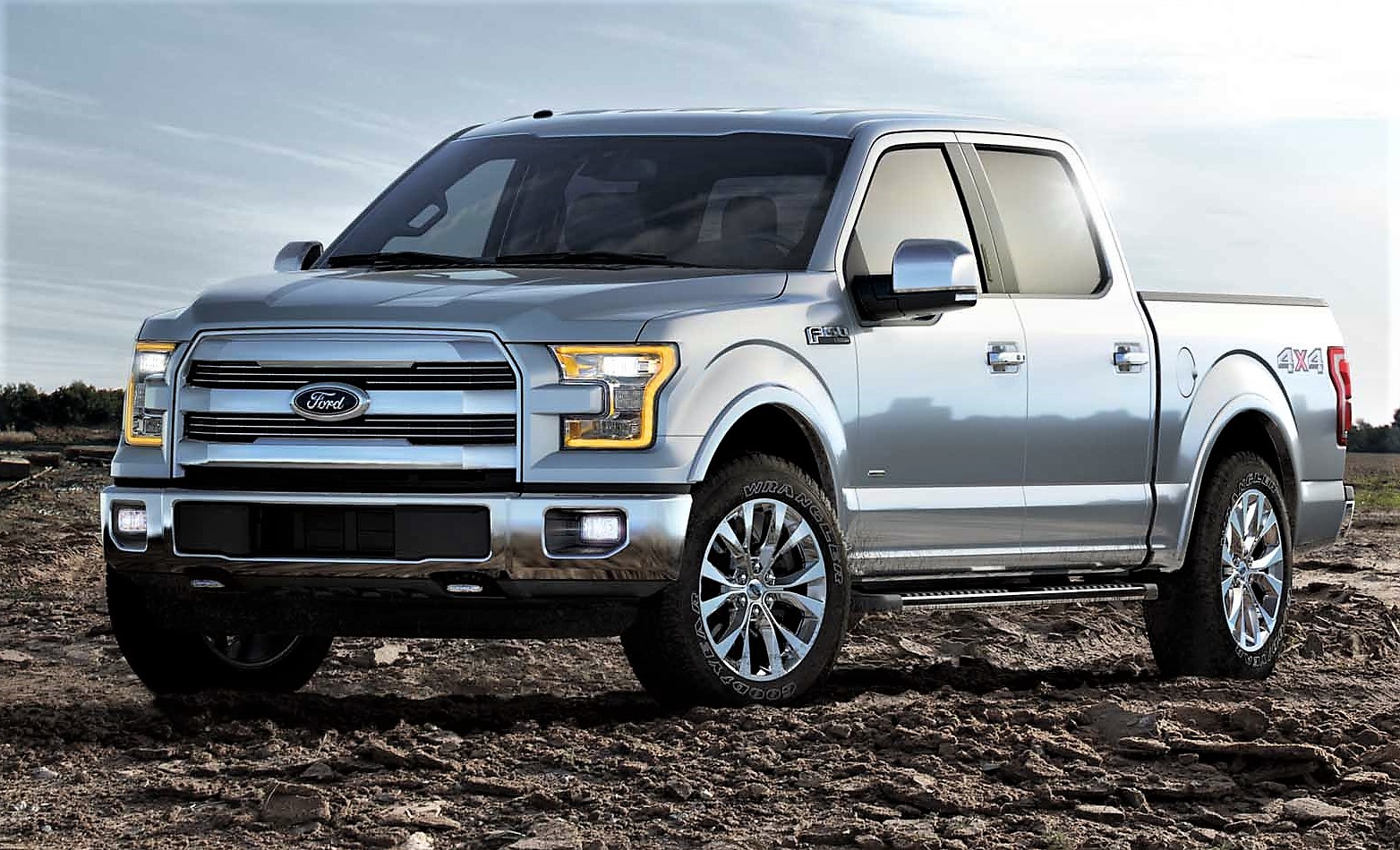
2015 Ford F-150
The precursor to the 2021 F-150 and the first Ford pickup with an aluminum-heavy exterior that proved controversial when it was launched.
This article was originally published by Motor Authority, an editorial partner of ClassicCars.com.
